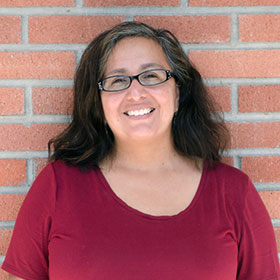
While they were at their peak, between 200 and 900 AD, the Mayans were one of the most advanced civilizations on the planet.
His astronomy and mathematics were in some ways ahead of what Europe knew.
In the year 325, they already mastered the concept of zero, something that the Europeans only discovered and started using about 700 years later.
In several Mayan cities, such as Palenque, Sayil and Chichén Itzá, astronomical centers occupied central areas.
The Mayans calculated that Venus passes Earth every 583,935 days, something astonishingly close to the correct number we know today: between 583,920 and 583,940.
They also defined that the lunar cycle lasts 29.53086 days (actually astronomers speak of 29.54059).
The Mayans recorded that the Sun completes its cycle in 365.2420 days, while today this number is set at 365.2422.
Based on this knowledge, they created a set of complex, interlinked calendars that together formed one of the most accurate timekeeping systems of its time.
Burned Documents
Today we know that the Mayans were right in their calculations, but how was it possible for them to advance so far without using any kind of lens or telescope?
Among Europeans, astronomy only began to advance faster in the 17th century, when Galileo Galilei appropriated the invention of the telescope, recorded by Dutch lens makers Hans Lippershey, to look into space.
It is difficult to know how the Mayans arrived at these conclusions because, while Galileo located spots on the Sun and identified the planet Jupiter, the Spaniards were bent on destroying the Mayan civilization.
As the Mayans did not have a unified kingdom, it was a slow process, with each city-state falling alone. The last, Tayasal, was defeated in 1697, and all of them were looted and had libraries and temples burned.
“We don’t know their research in detail, because the Spaniards destroyed everything they came across. It’s true that what’s left is just a residue of the knowledge they had built up”, says American anthropologist Marcello Canuto, a professor at Yale University in the USA.
Few documents have survived, the most important of which is the Dresden Code, a manuscript that brings together virtually everything we know about his mathematical and astronomical knowledge.
In this text of 39 sheets, written on both sides, there are not only the description of religious rituals, but also the calculations for the prediction of eclipses and the conclusions regarding the cycle of Venus, which functioned as a reference for the date of the harvests and for choosing the most favorable season for war.




















